| TALES OF HEATH & POND |
VISITOR'S GUEST BOOK | HISTORY OF THE HEATH & POND | GUESTS' PHOTOGRAPHS | SOURCES OF INFORMATION | VIDEOS | SITE MAP |
Fungi
Autumn is the best time to see fungi and so I have created a page for them - removong and fungi photographs from the Miscellaneous page.
To see a larger copy of each image click on it; to see the next large image click at the right of the image, to go back click on the left of the image. To close a large image click on the cross in the top right hand corner.
New photographs are usually added to the bottom of the page - click to go to the bottom of this page
2020 |
||
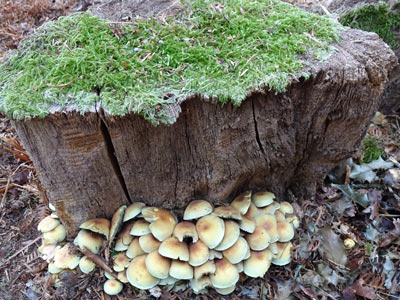 |
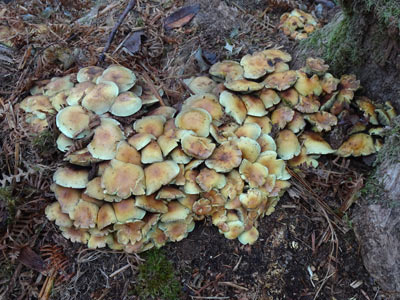 |
|
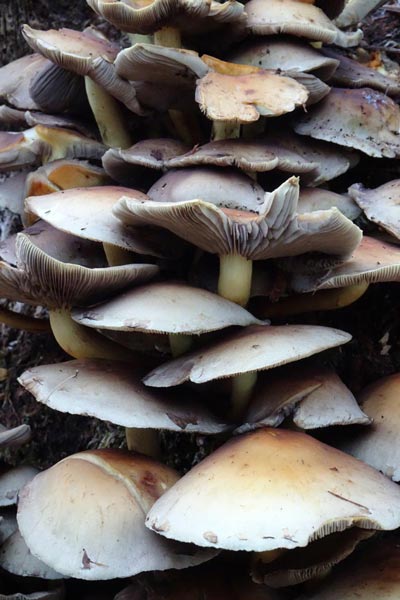 |
Fungi are a huge and fascinating kingdom with over 15,000 species in the UK. They live on land, in the water, in the air, and even in and on plants and animals. They vary widely in size and form, from the microscopically small to the largest organisms on Earth - at several square miles large. There is no standard definition for a toadstool, and no clear distinction between toadstools and mushrooms. Both terms refer to the fruiting bodies produced by fungi. Most of these fungi are harmless or even beneficial to plants, but there are a few that can cause disease problems, such as honey fungus and the fairy ring fungi. The ‘classic’ image of a toadstool is that of a fruiting body with a stalk and a cap. Many of the fungi produce their fruiting bodies in autumn, although again this will vary with the species. For the rest of the year the presence of the fungus is not as obvious, existing as numerous fine threads or filaments known as hyphae. Together, these make up what is known as the mycelium of the fungus |
|
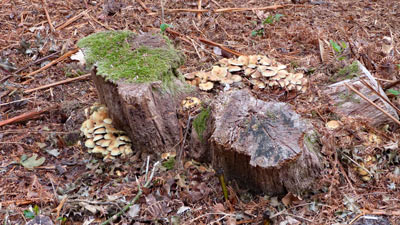 |
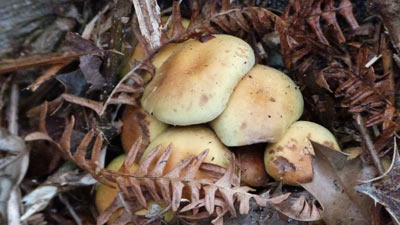 |
|
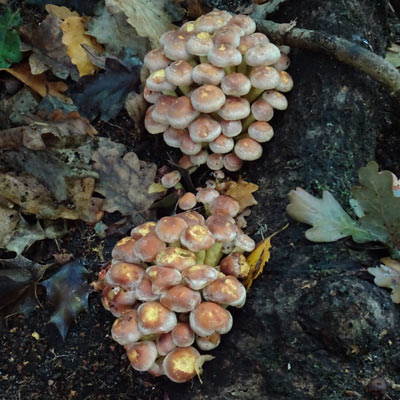 |
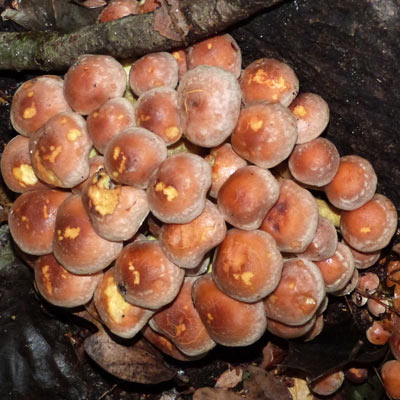 |
|
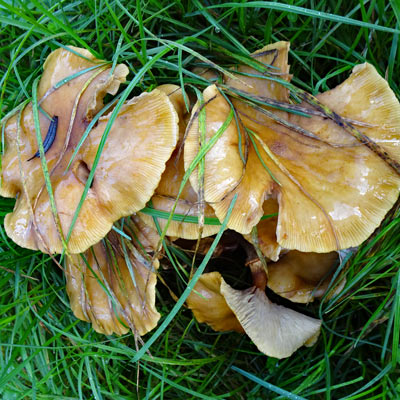 |
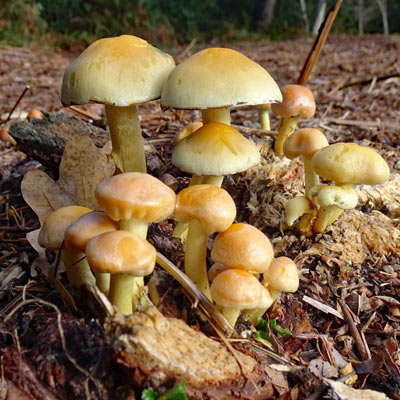 |
|
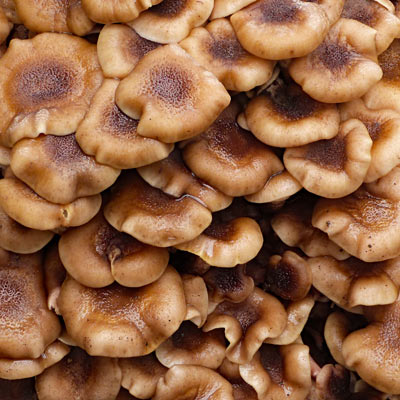 |
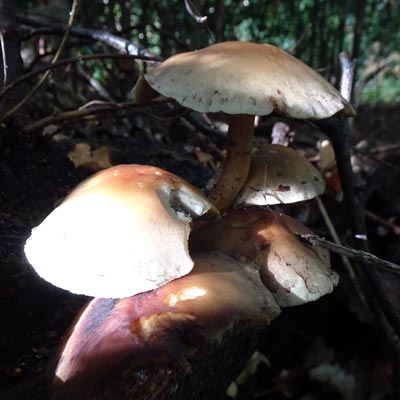 |
|
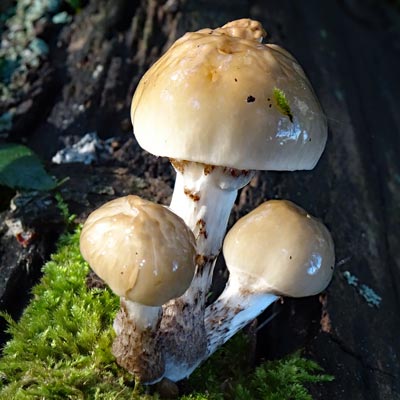 |
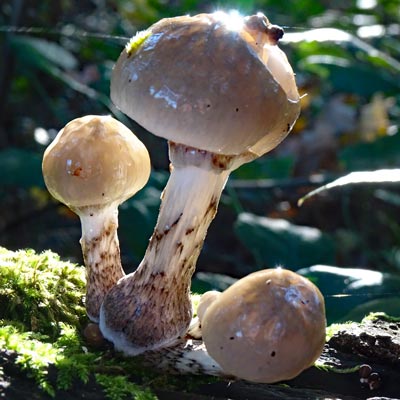 |
|
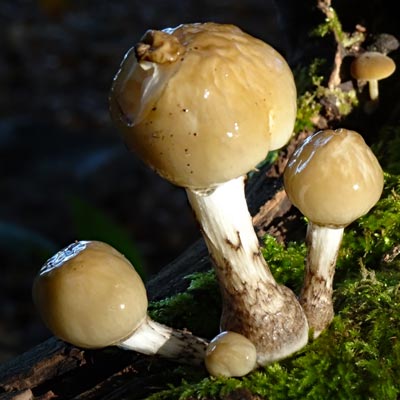 |
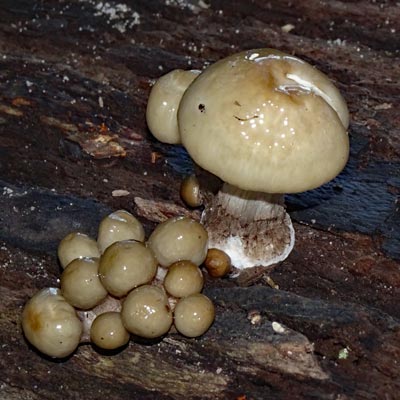 |
|
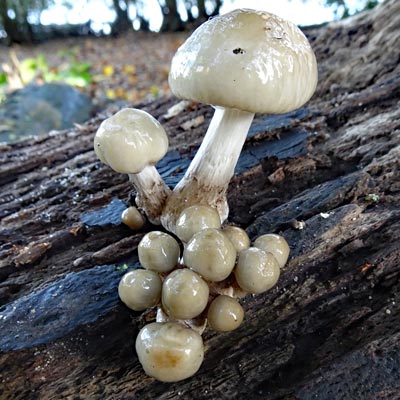 |
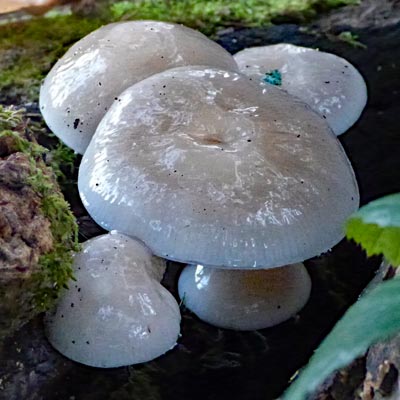 |
|
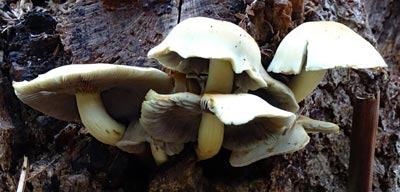 |
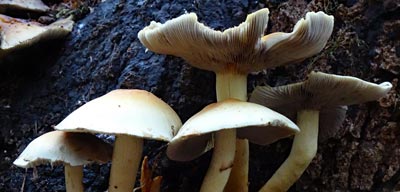 |
|
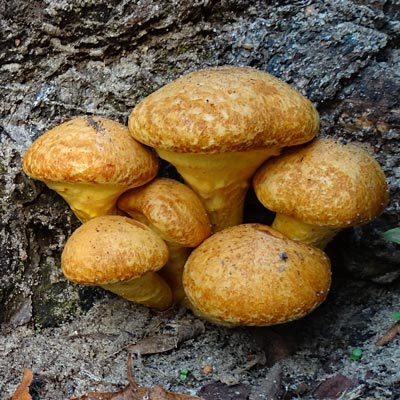 |
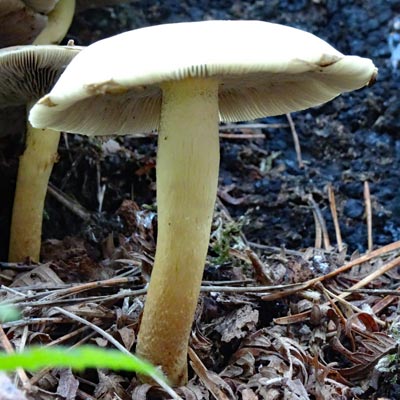 |
|
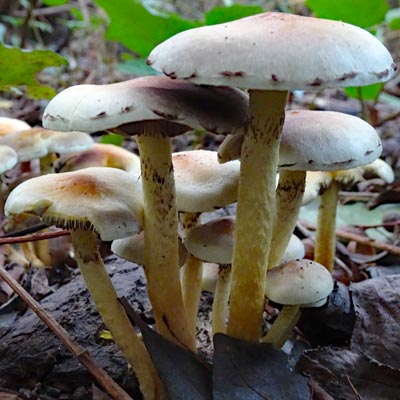 |
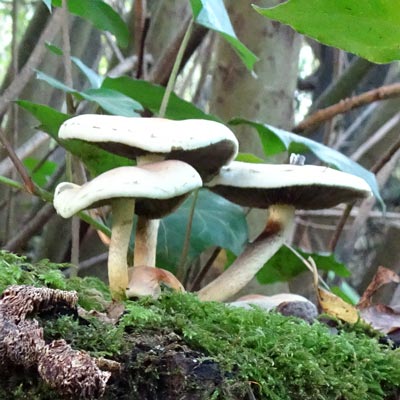 |
|
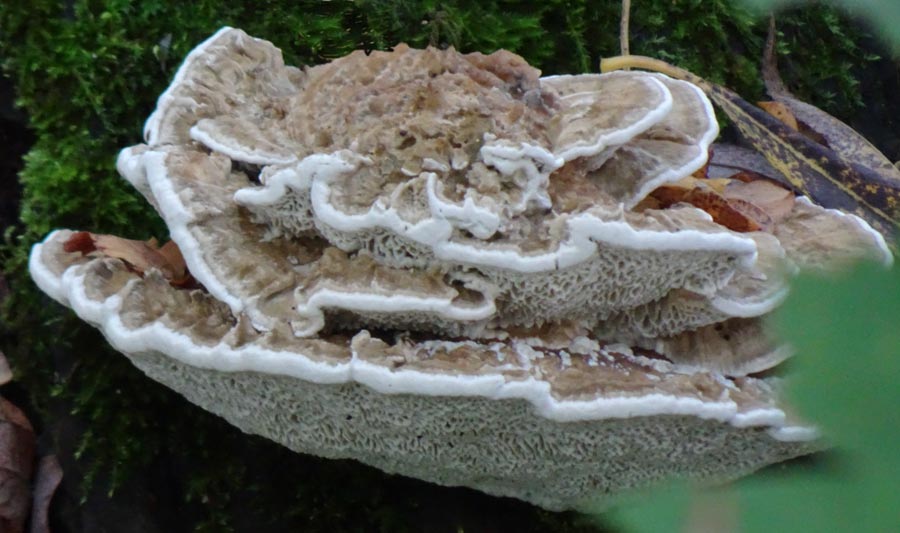 |
||
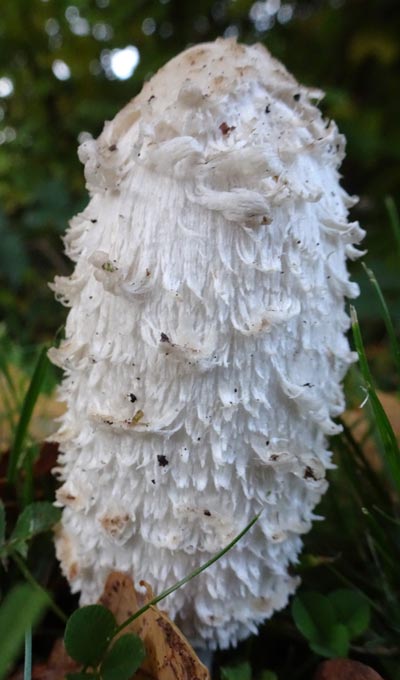 |
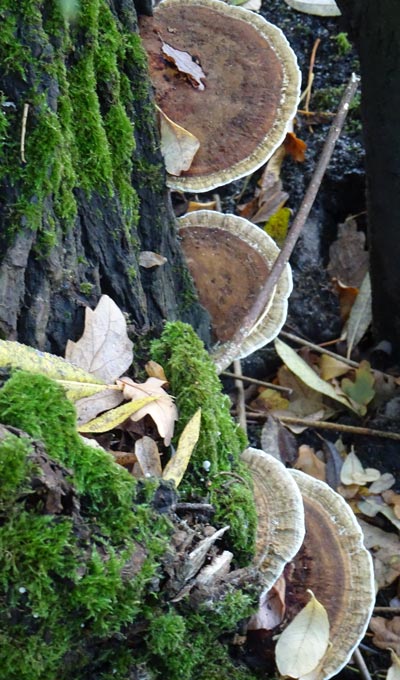 |
|
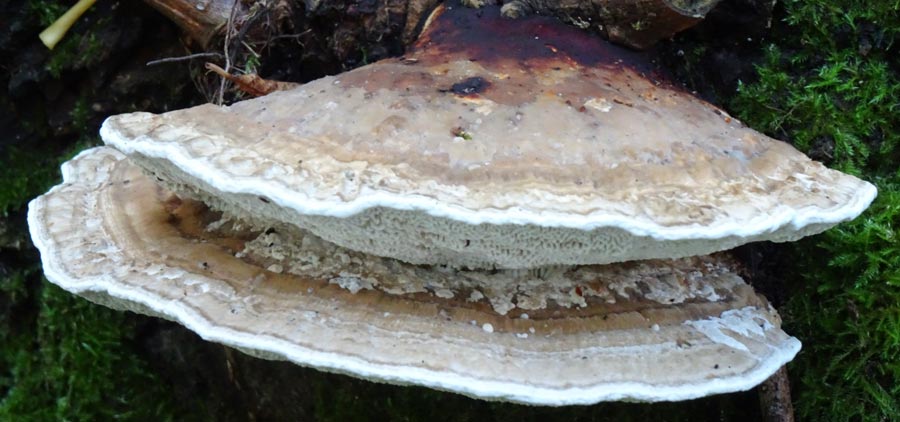 |
||
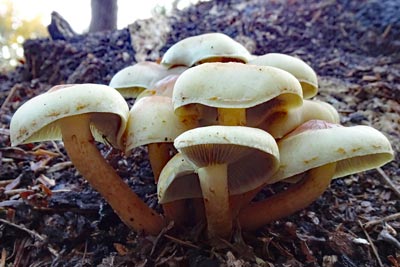 |
||
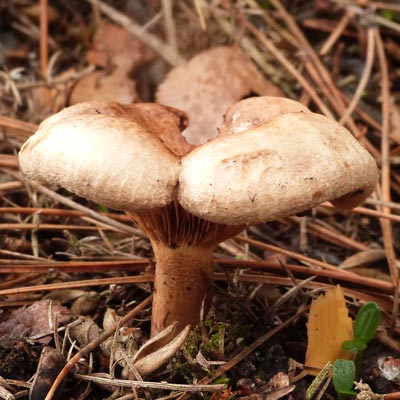 |
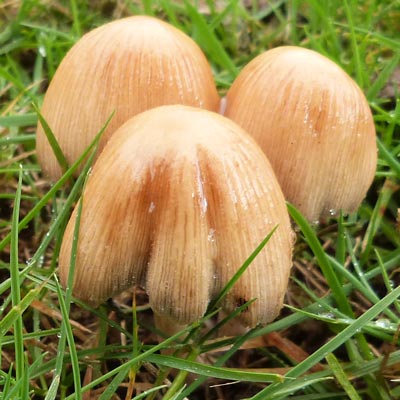 |
|
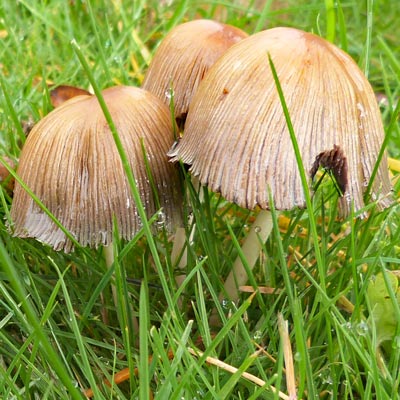 |
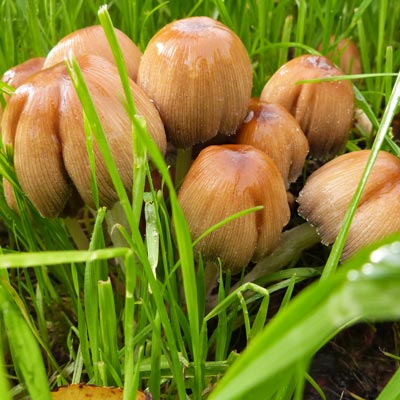 |
|
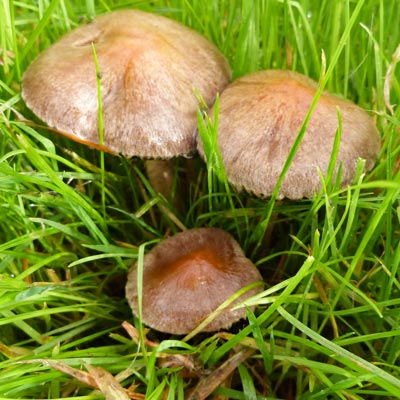 |
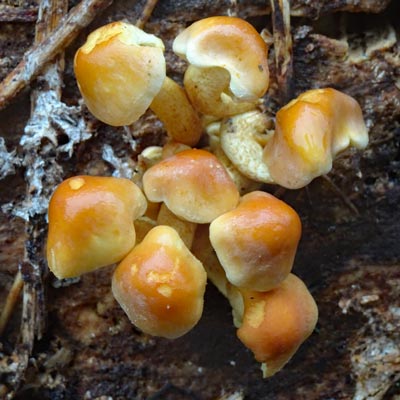 |
|
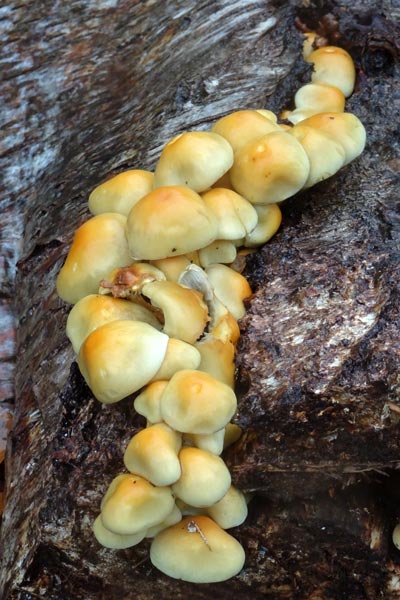 |
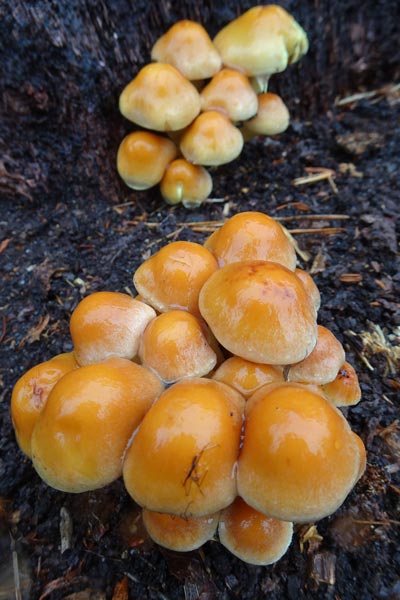 |
|
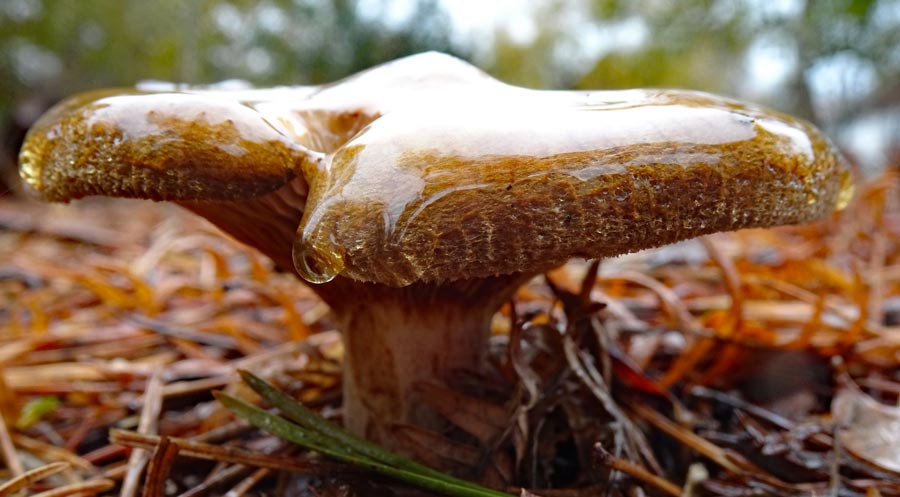 |
||
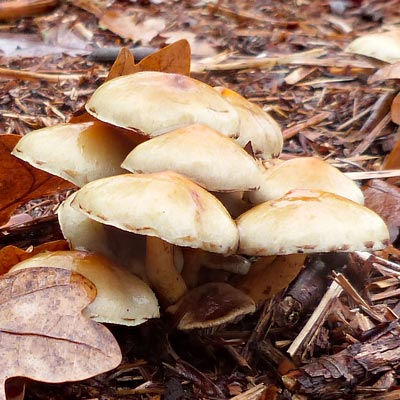 |
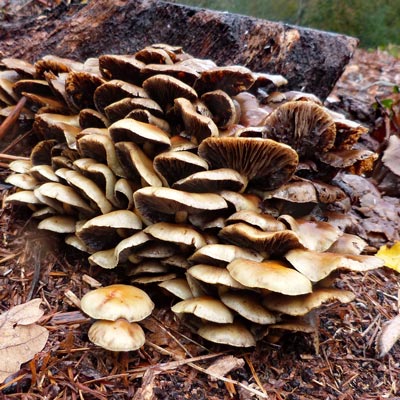 |
|
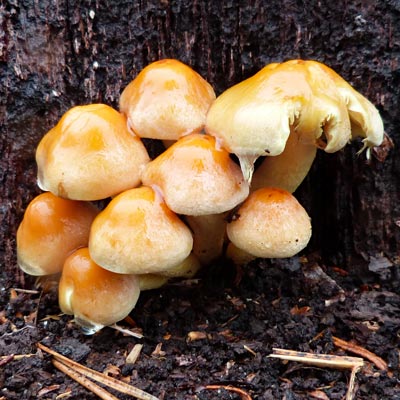 |
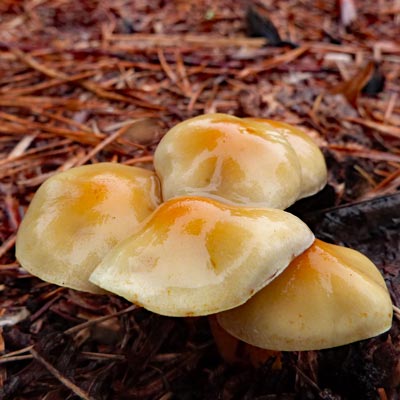 |
|
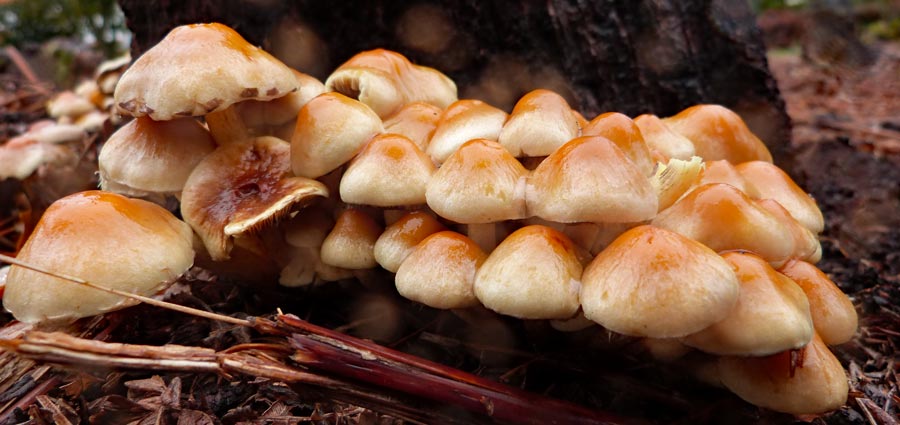 |
||
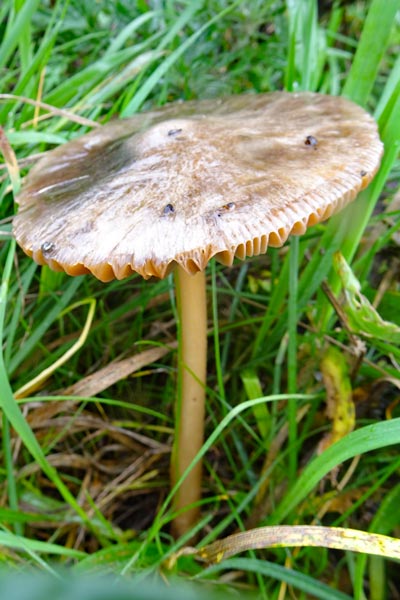 |
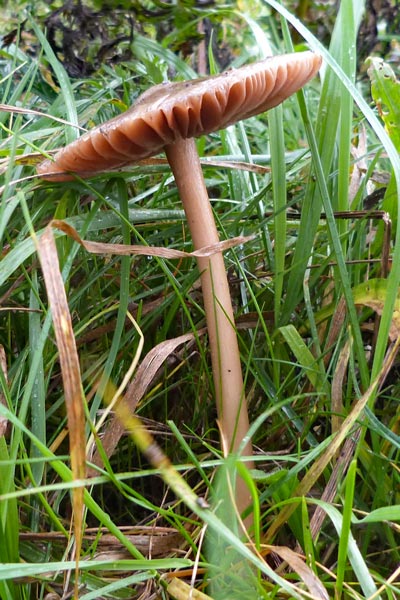 |
|
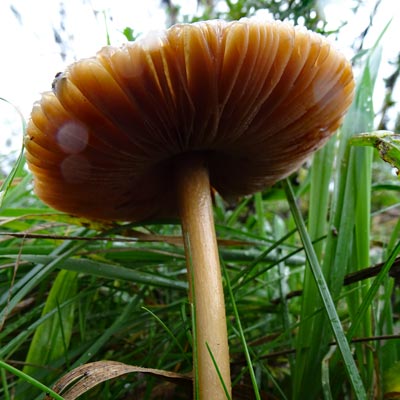 |
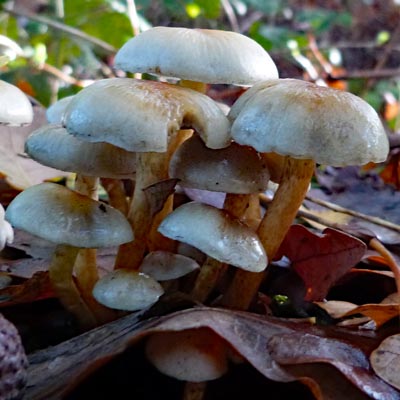 |
|
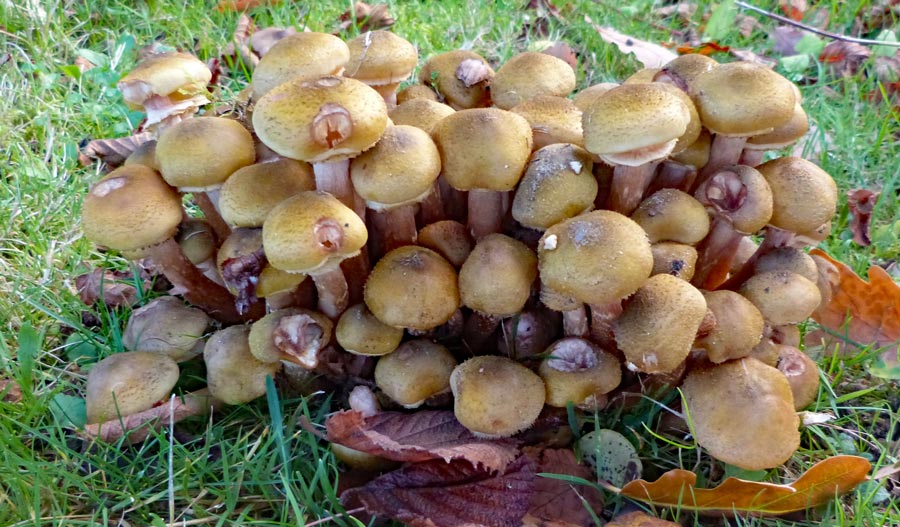 |
||
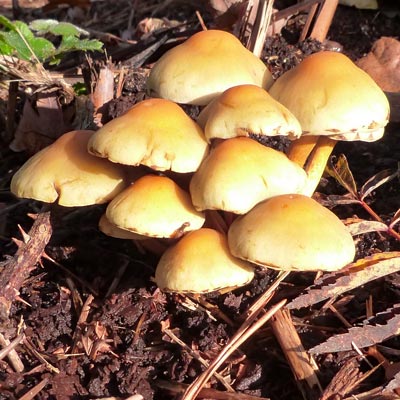 |
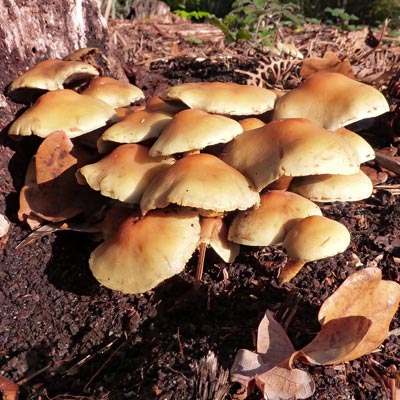 |
|
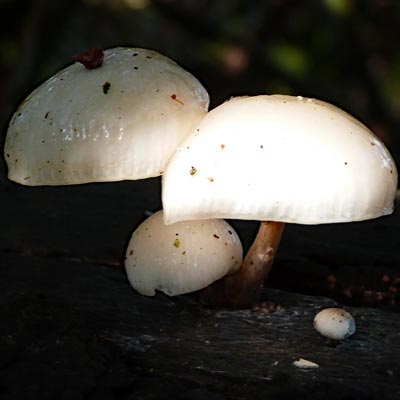 |
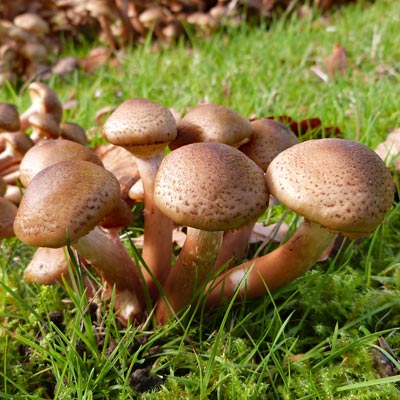 |
|
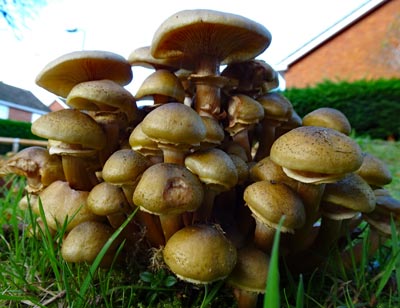 |
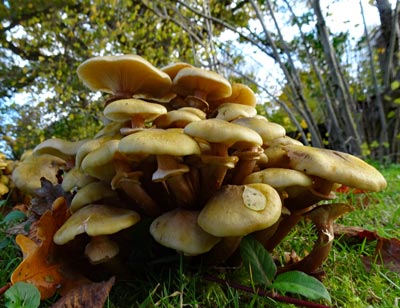 |
|
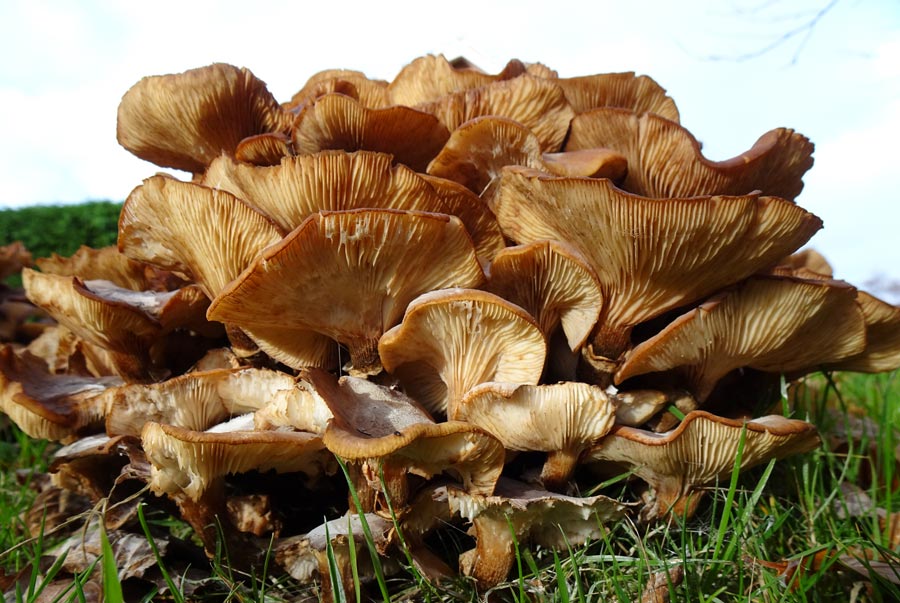 |
||
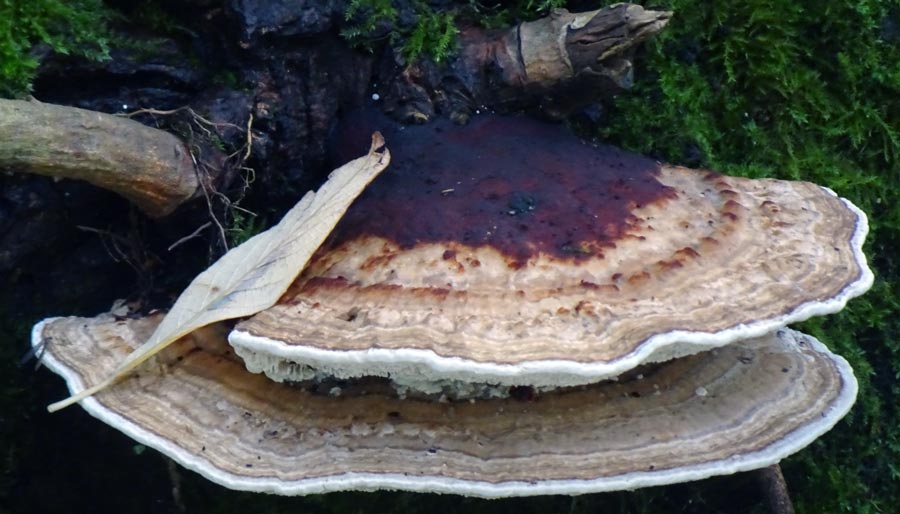 |
||
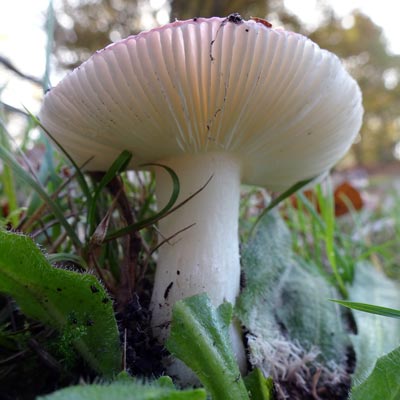 |
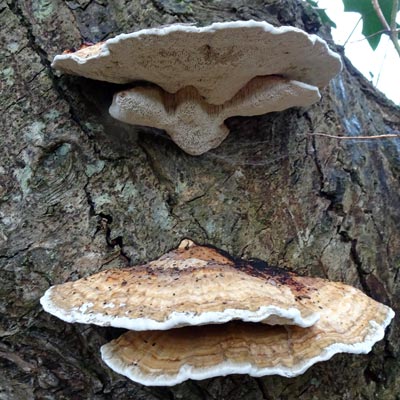 |
|
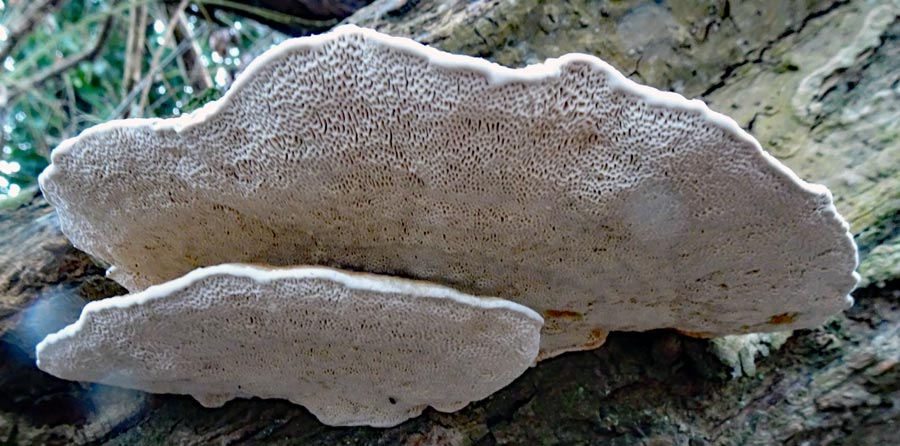 |
||
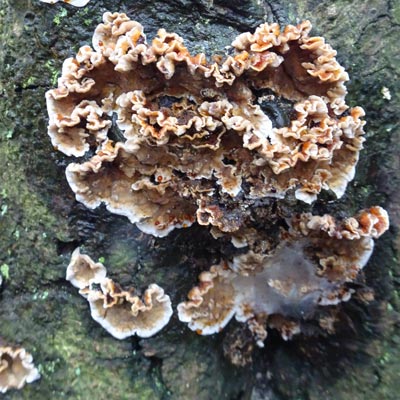 |
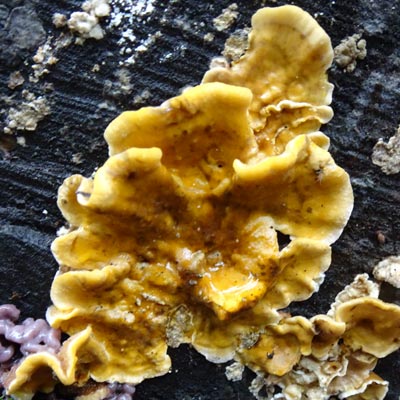 |
|
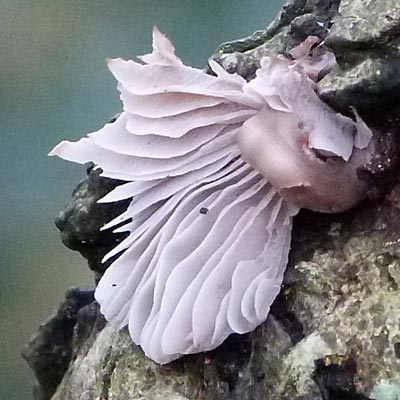 |
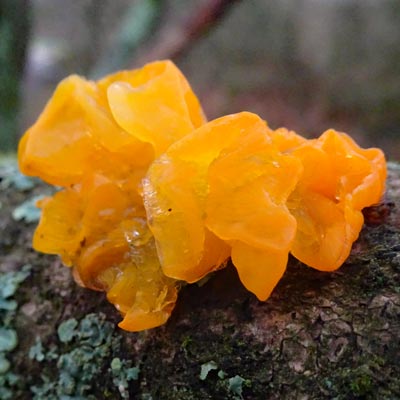 |
|
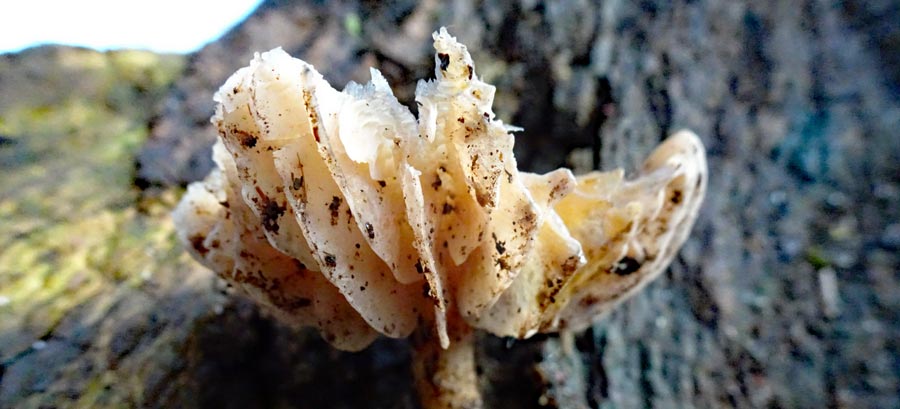 |
||
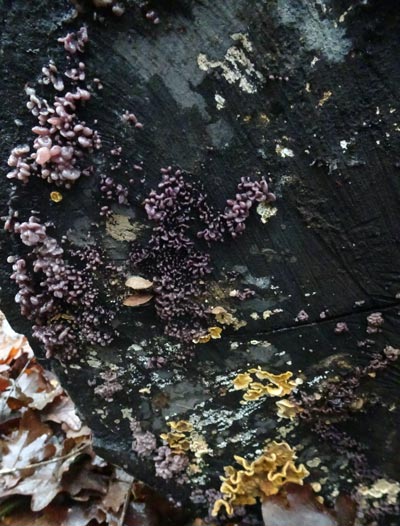 |
||
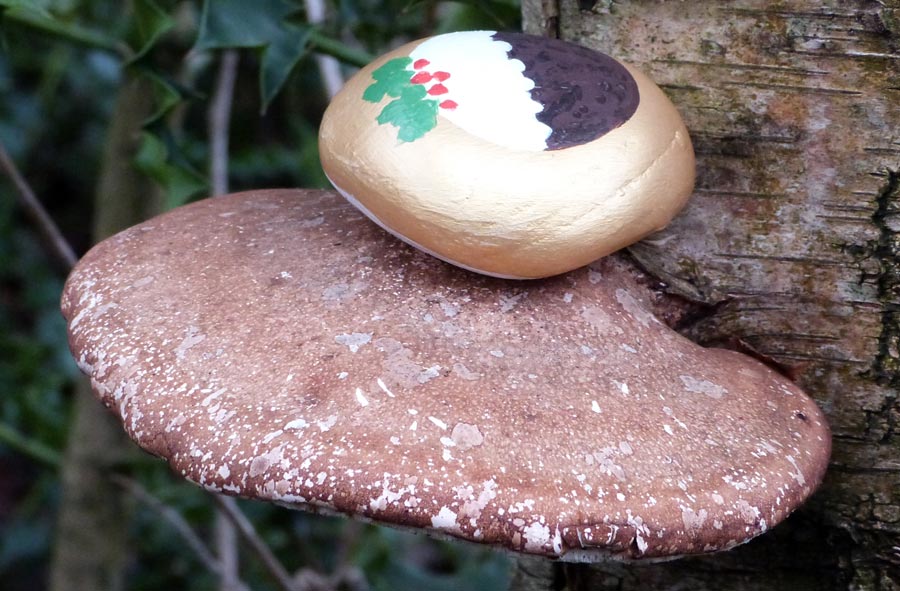 |
||
2021 |
||
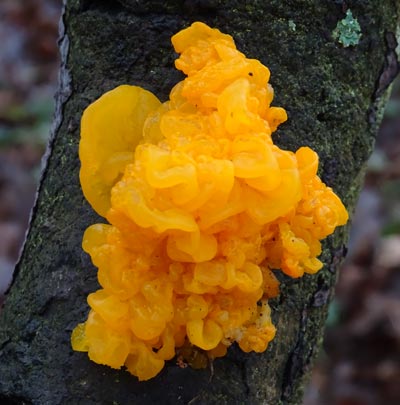 |
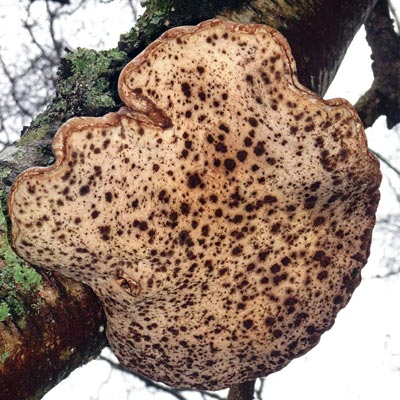 |
|
| Witches Butter or Yellow Brain | ||
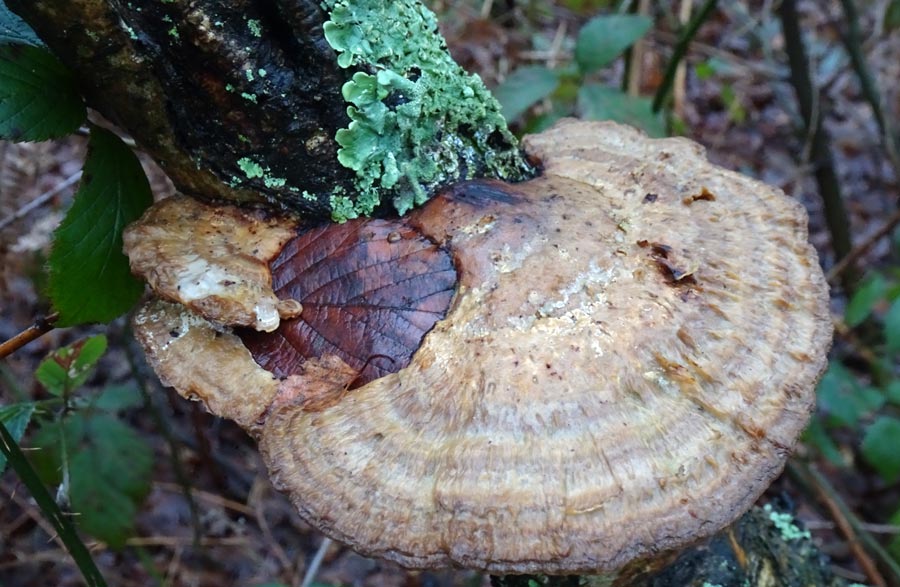 |
||
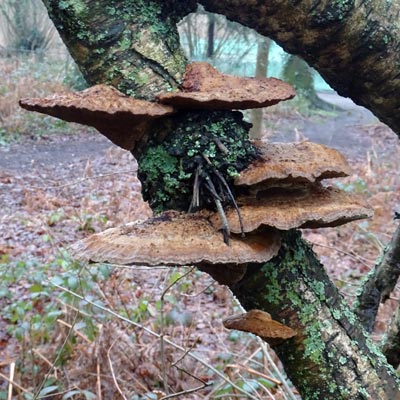 |
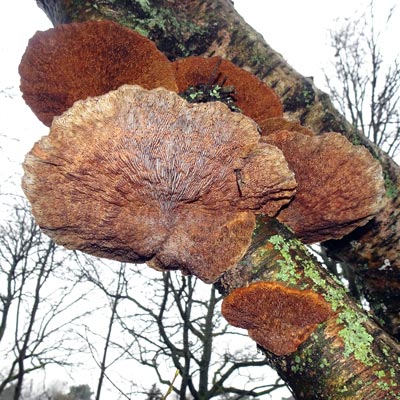 |
|
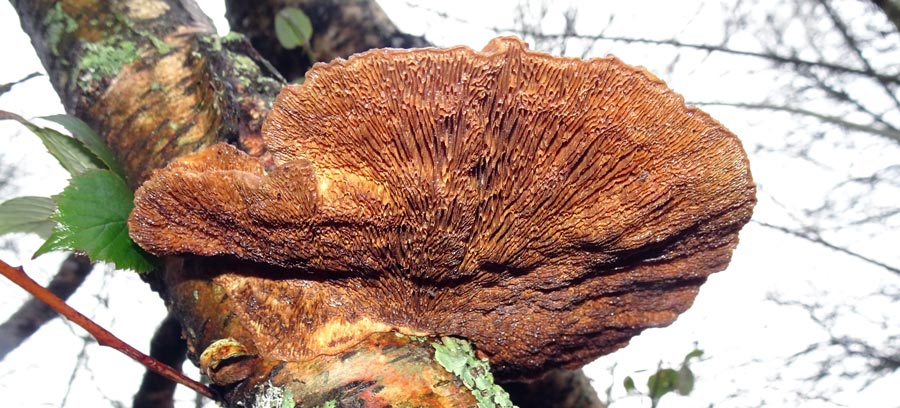 |
||
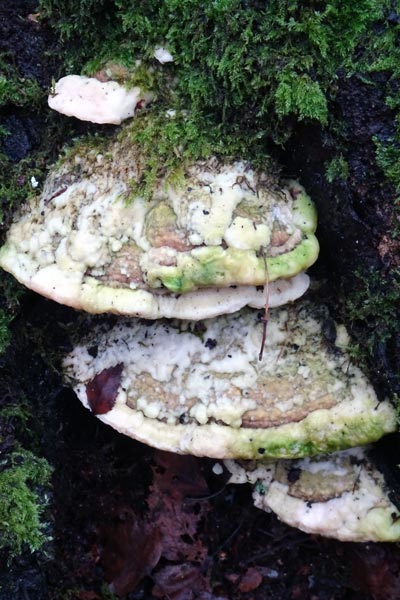 |
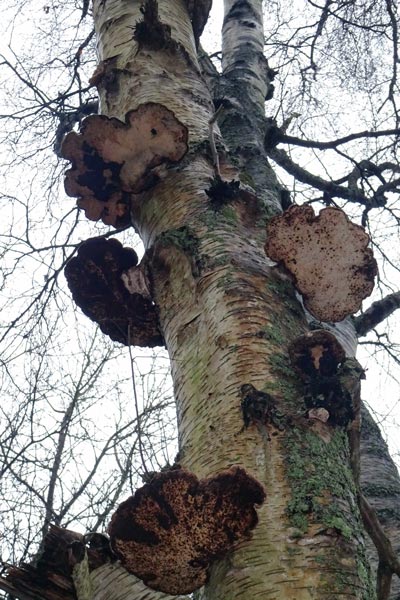 |
|
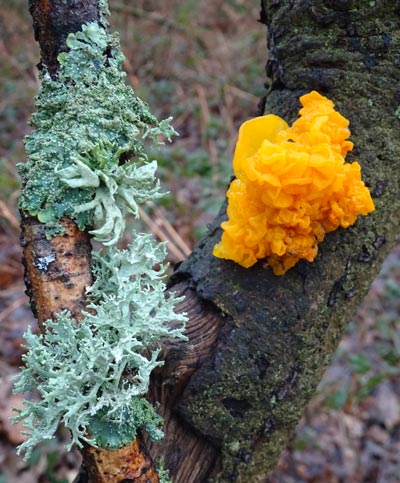 |
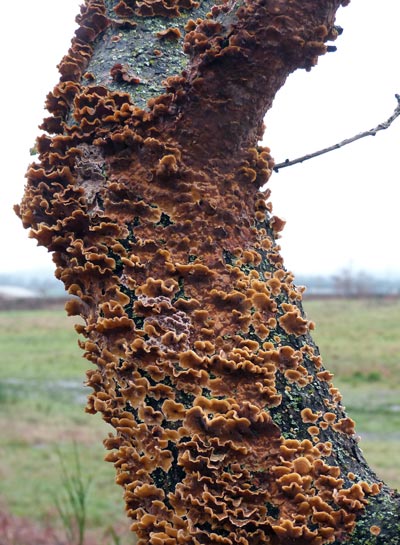 |
|
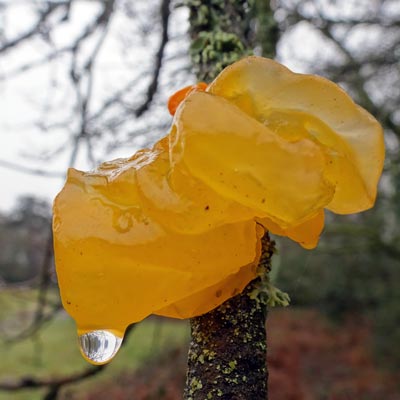 |
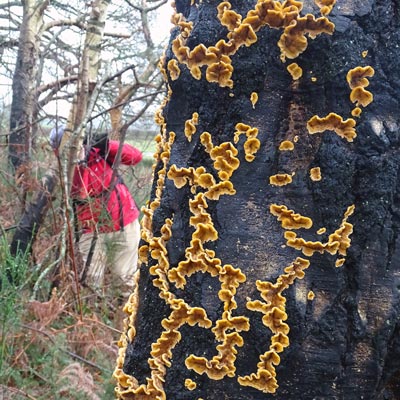 |
|
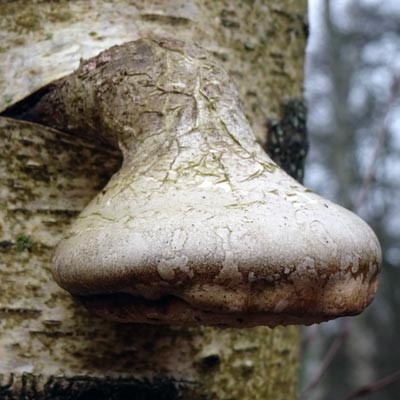 |
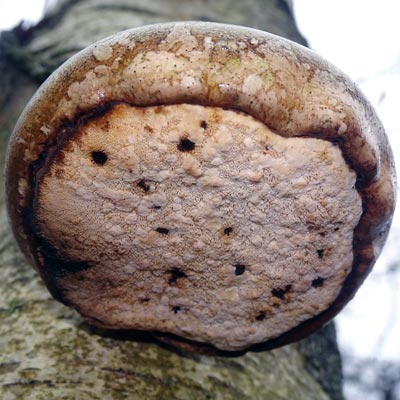 |
|
| We called this "Shower-head Fungi"! | ||
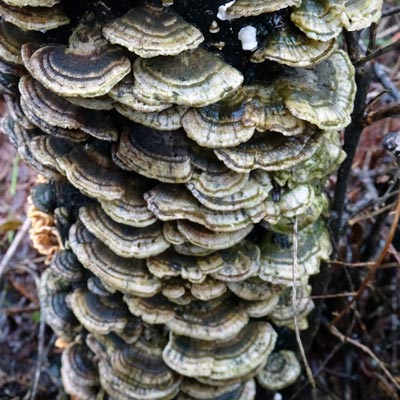 |
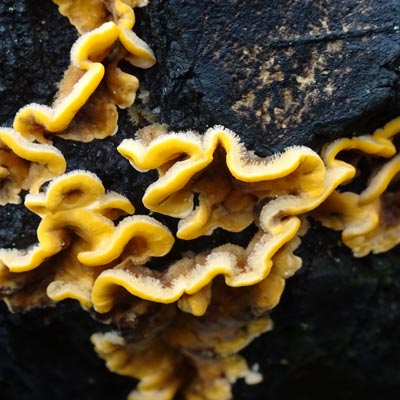 |
|
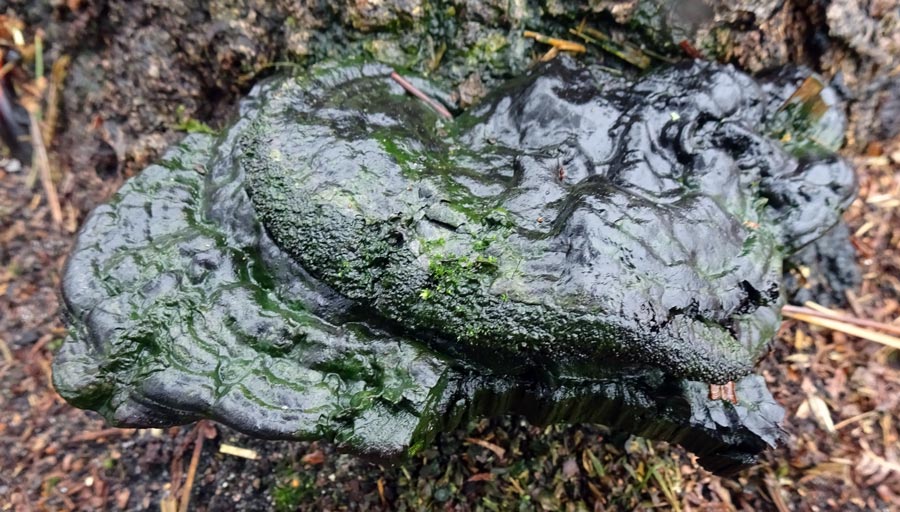 |
||
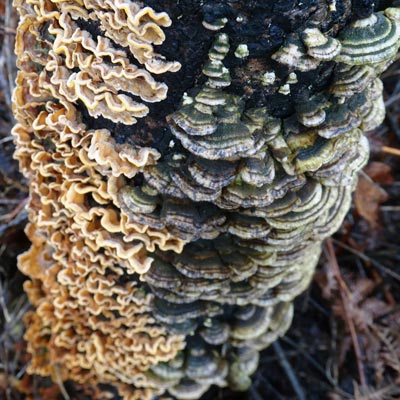 |
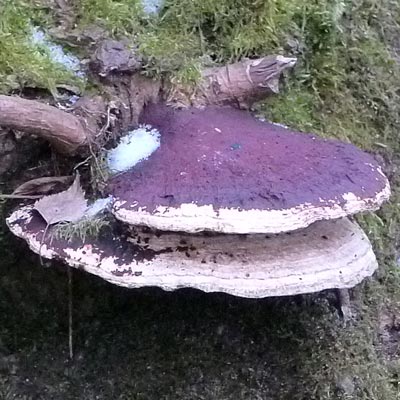 |
|
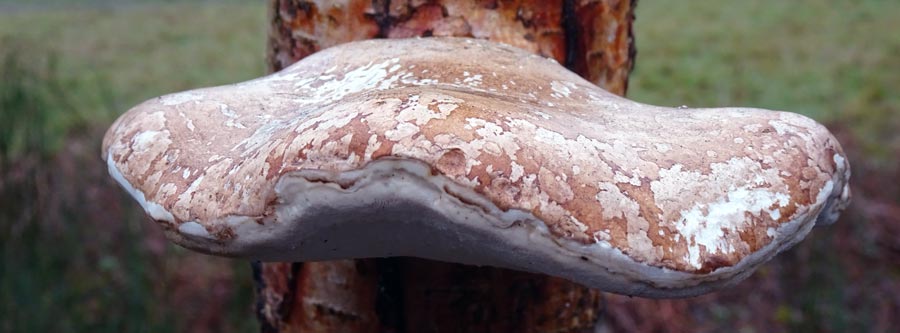 |
||
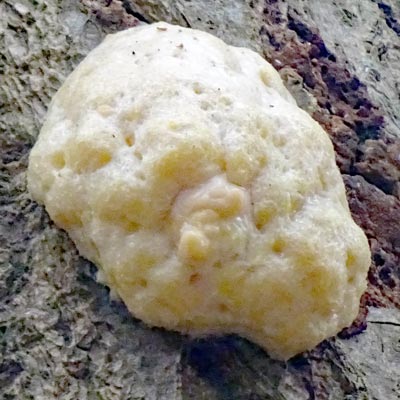 |
 |
|
| We called this "Witches Cauliflower"! | Spotted in June 2021 - a bit early! | |
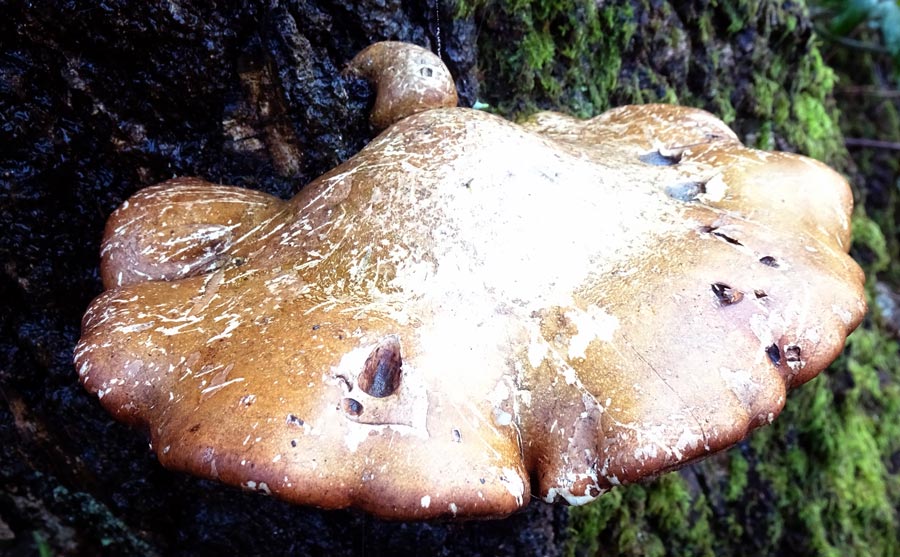 |
||
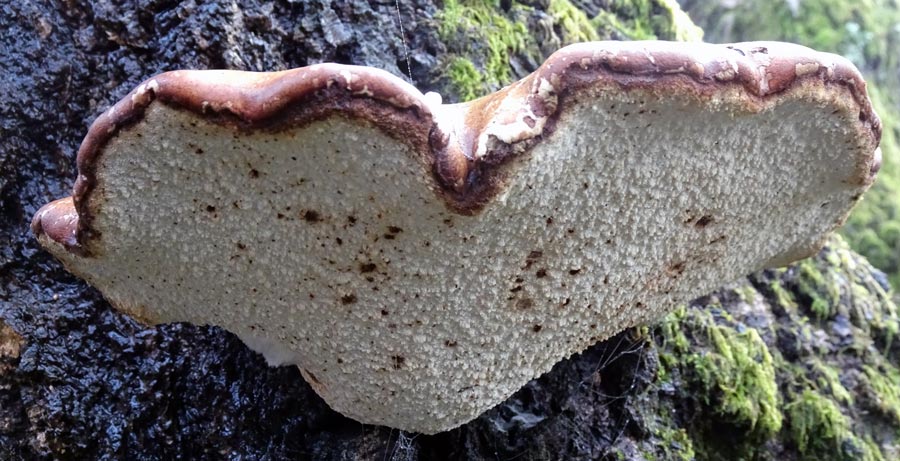 |
||
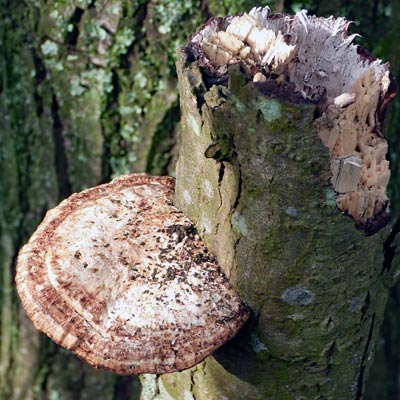 |
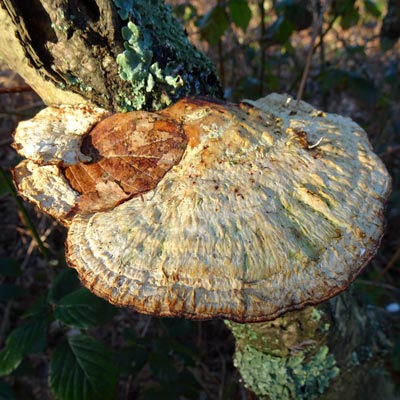 |
|
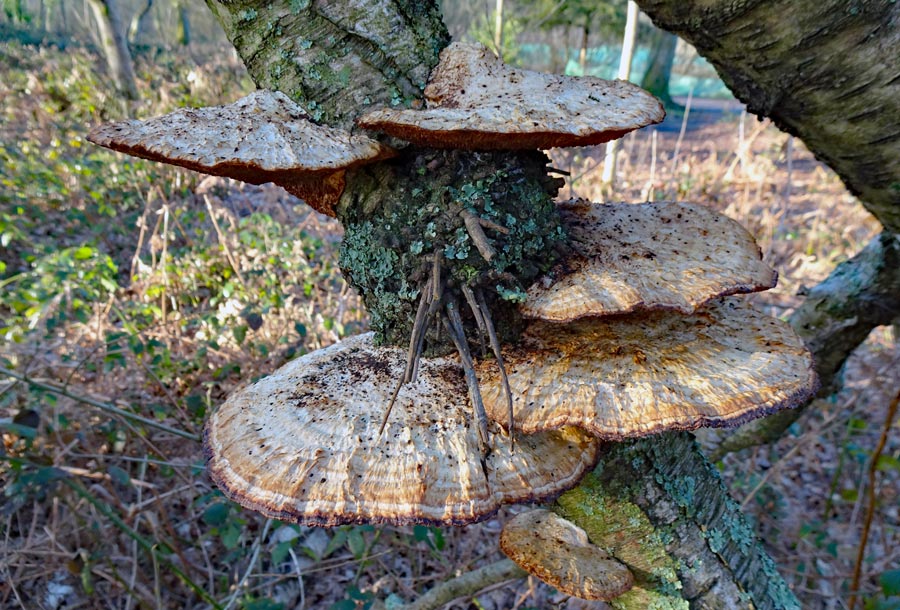 |
||
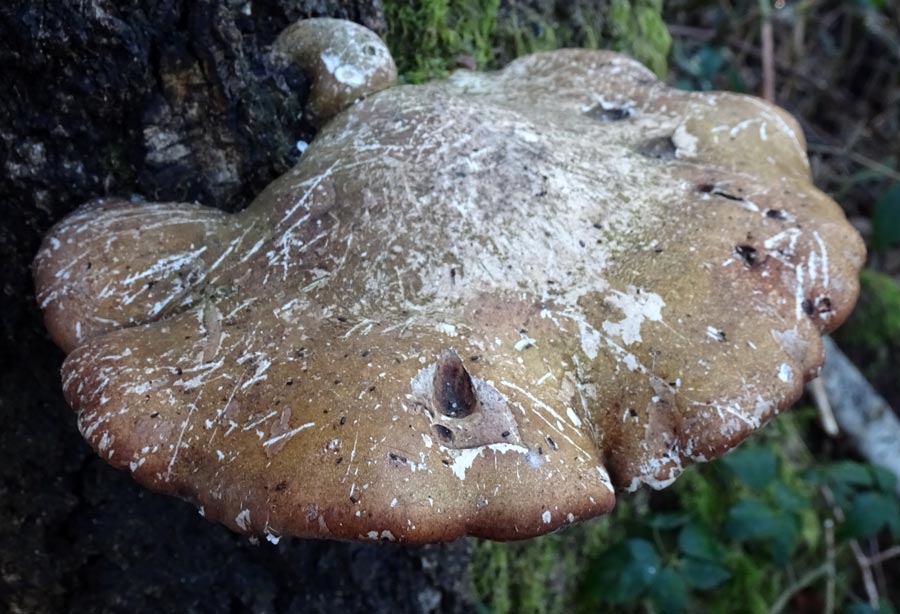 |
||
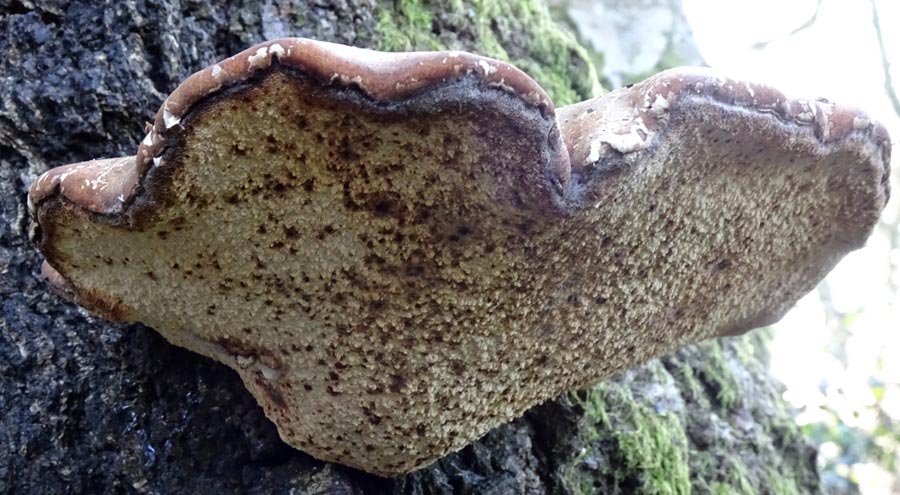 |
||
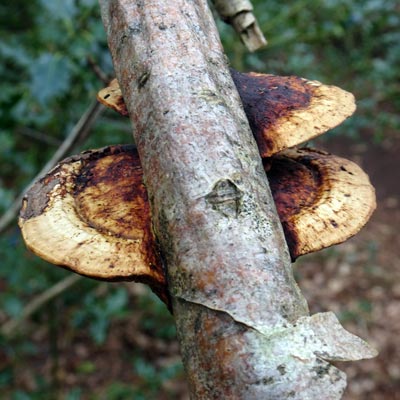 |
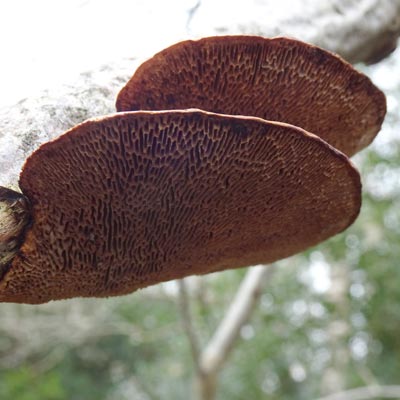 |
|
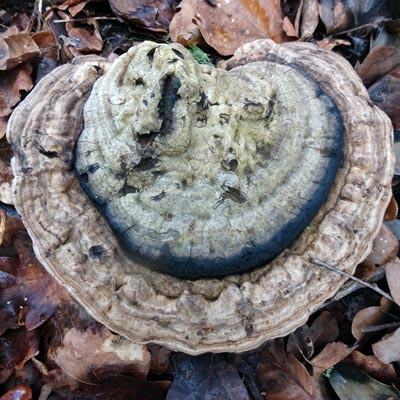 |
||
2021 |
||
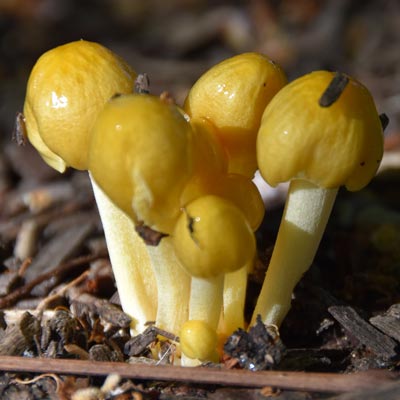 |
||
| Go to the top of this page | ||